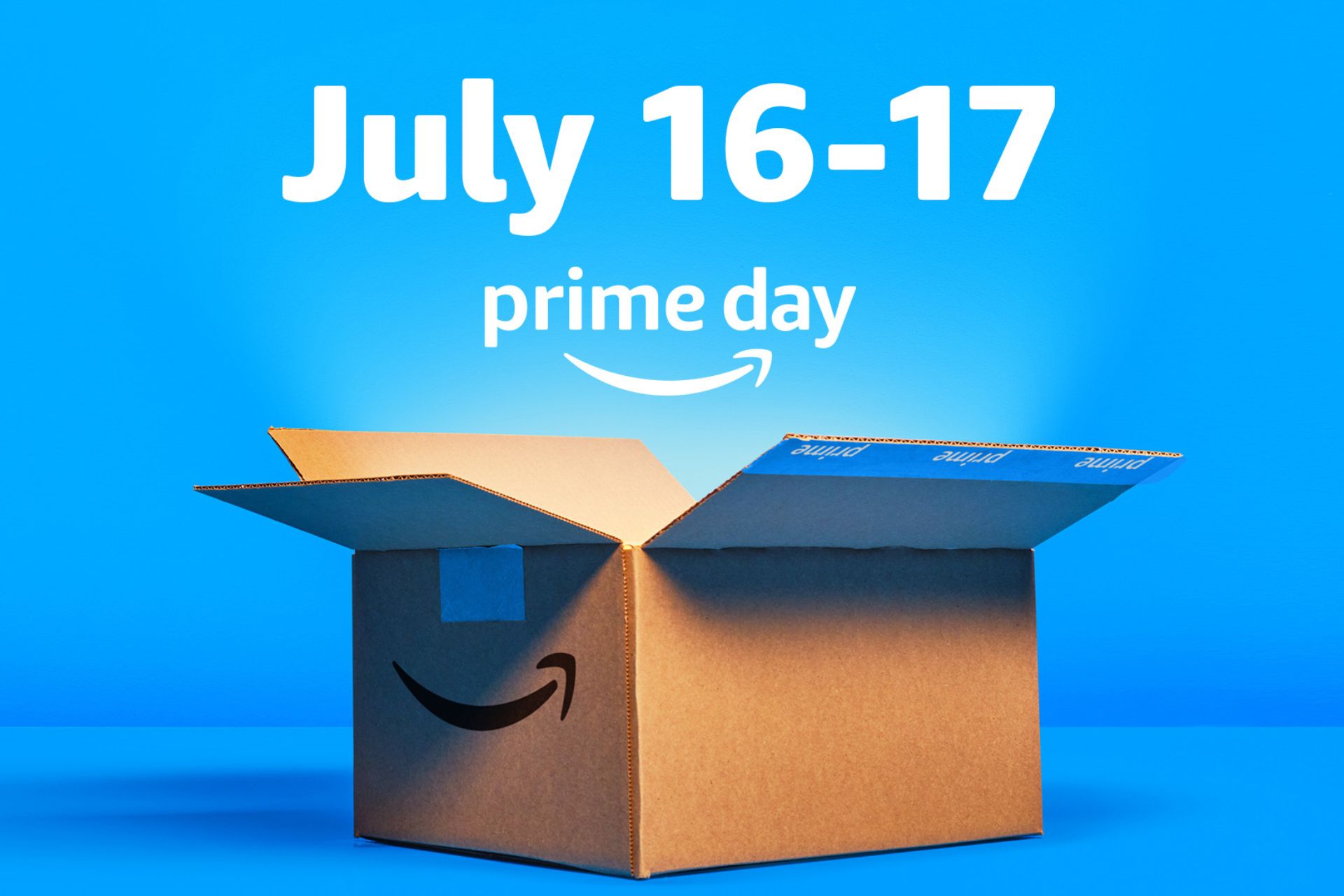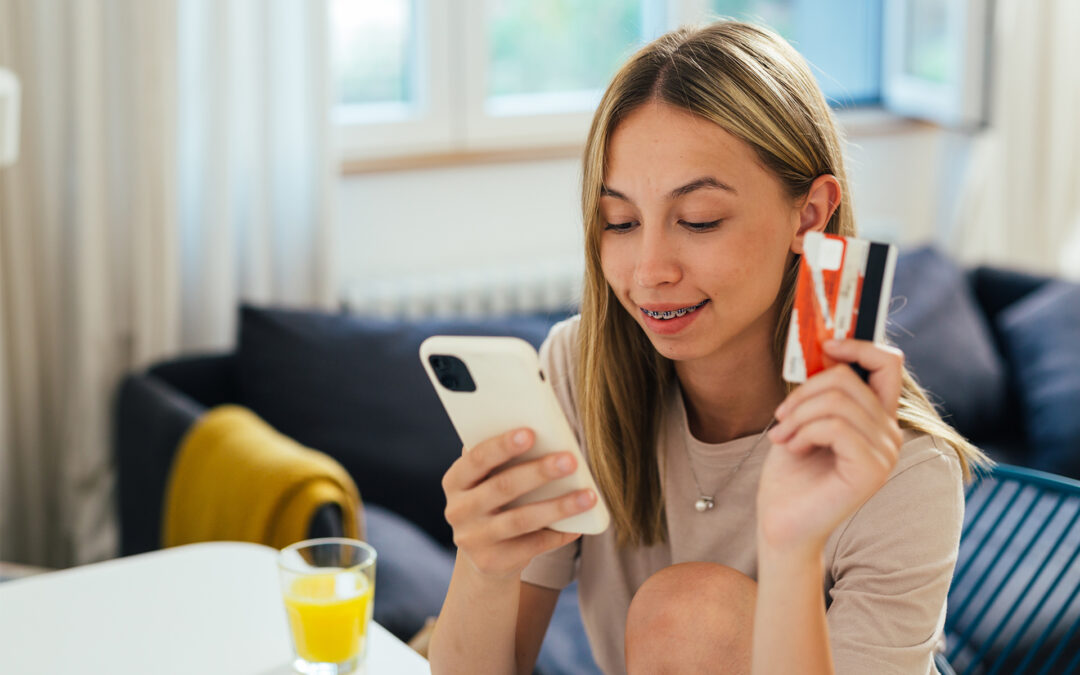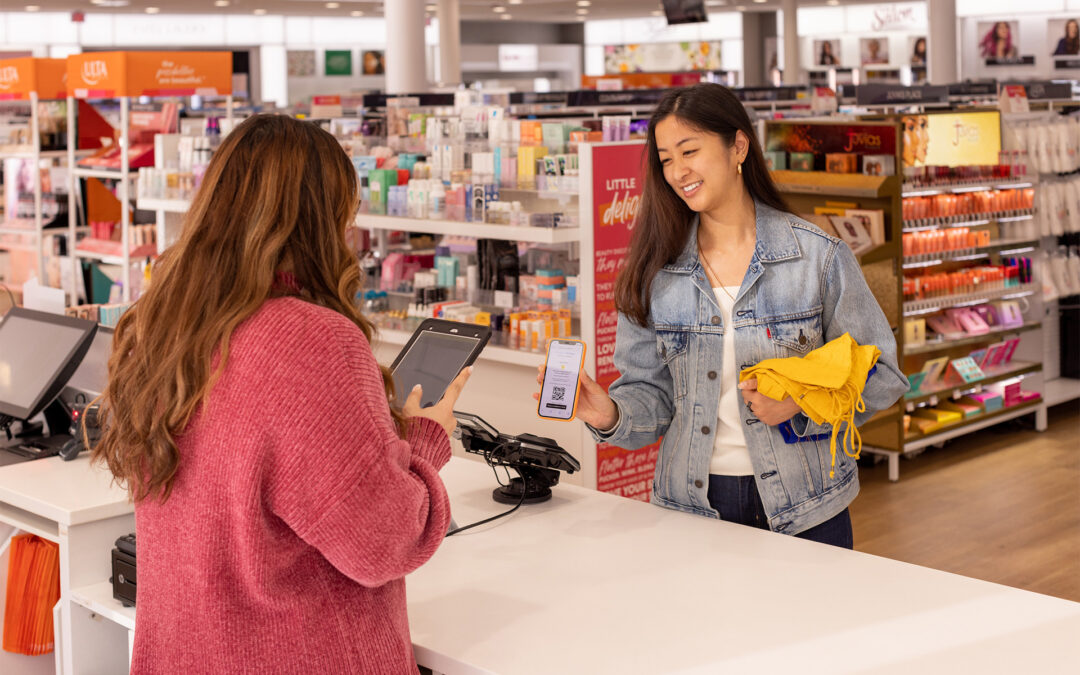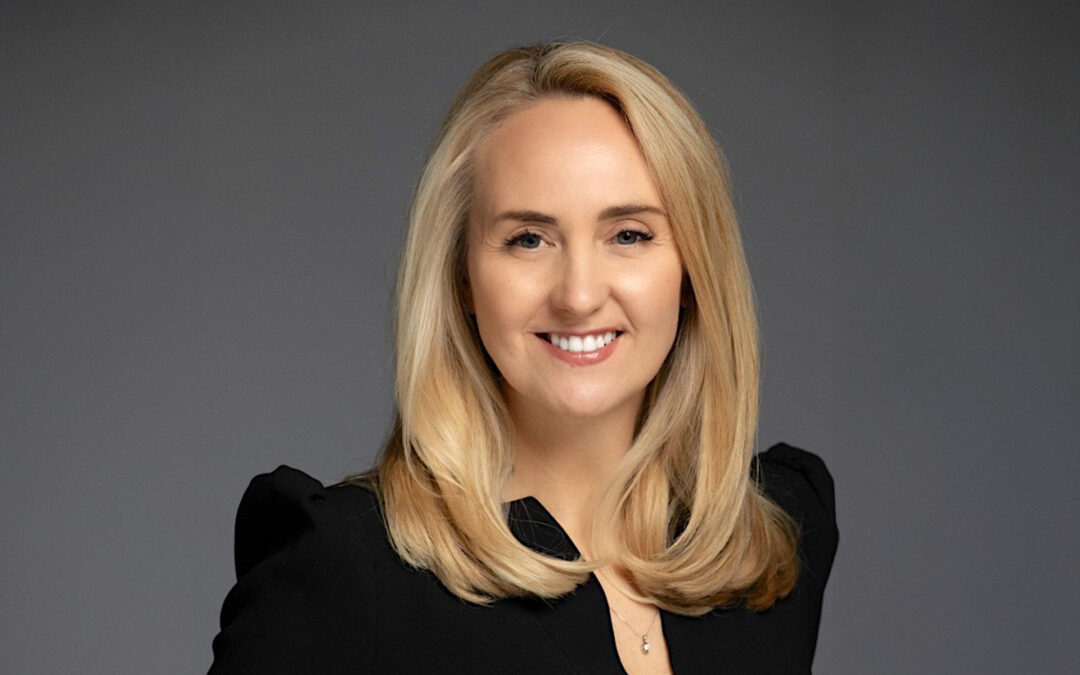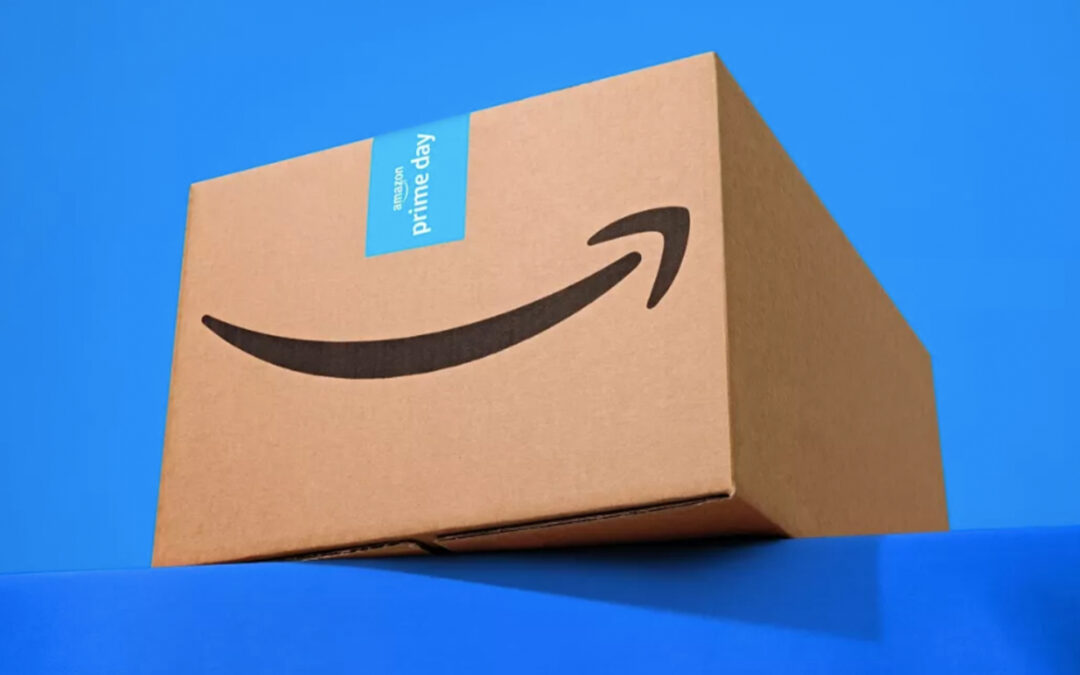As of 7 a.m. Eastern Time on July 17, Home was the second most shopped category in Amazon’s Prime Day promotional event.
Prime Day launched on July 16 at 12:01 a.m. Pacific Time or 3:10 a.m. Eastern Time, and Amazon planned the event to be a celebration of value, as recently characterized by Jamil Ghani, the company’s vice president of Amazon Prime. The strength of some consumables in the sales mix suggests that a significant proportion of consumers see Prime Day as a way to shop everyday needs at greater value.
In one way, home could be considered as the top category if Numerator combined Small Appliances, 12% of sales and the 10th most popular Prime Day category, with Home Goods, 25% of sales. Apparel & Shoes were officially the number one sales category during the opening hours of Prime Day, with 27% of sales following Home Goods. Household Essentials took the third position at 24% of sales. Beyond the three leading categories, Consumer Electronics generated 21% of sales and Health & Wellness and Beauty or Cosmetics generated 20% each. Pet Products, at 14%, and Toys/Video Games and Groceries, both at 13%, filled in slots 7-9.
In still another way of looking at the numbers, combining Household Essentials and Groceries would make for an approximate tie with Home Goods/Kitchen Appliances.
The top five items sold in the first part of Prime Day were Amazon’s Fire TV Stick, Premier Protein Shakes, Liquid I.V. Packets, Glad Trash Bags, and Blink Outdoor Cameras.
The average price per item was $28.47, while 6% of Prime Day shoppers spent less than $5, and 22% spent between $5 and $10 at 7 a.m. July 17 reading. On the other end of the event spending range, 6% of shoppers spent between $50 and $100, and 4% spent over $100. The average order size was $60.03 cents. Half of households shopping on Prime Day placed two or more orders. Multiple purchases boosted the household average order size to $126.25. Among the most enthusiastic, 8% of households ordered five or more items while shopping on Prime Day.
As for how Prime Day prompts spending, 56% of Amazon shoppers taking part in the promotion bought something after waiting for it to go on sale. Three in 10 shoppers bought items offered in Lighting Deals, 38%, purchased merchandise included in general Prime Day sales and 32% bought goods they normally get on Amazon.
Almost all, 98%, of Prime Day shoppers knew about the event beforehand, and 58% said that the promotion was their main reason for visiting the Amazon site. Rather than using someone else’s account or another means, 89% of event shoppers were Amazon Prime members, 86% had been members for a year or more and 87% shopped Prime Day in the past. The majority of Prime Day shoppers were female. Younger consumers, those under 34, represented only 14% of Prime Day participants, while shoppers 55 and older made up about half. Middle-income consumers also made up about half of Prime Day shoppers when relative affluence is the consideration. As for geography, suburbanites, at 41% led the Prime Day charge while urbanites at 31% were slightly better represented than rural residents, at 28% among Prime Day shoppers.
Just over a third of Prime Day shoppers considered tapping Walmart’s Deal Days summer sales and the same proportion thought about checking in on Target’s Circle Week. Just over two-thirds of Prime members were extremely or very satisfied with the deals they had gotten.
Prime Day runs through July 17.

